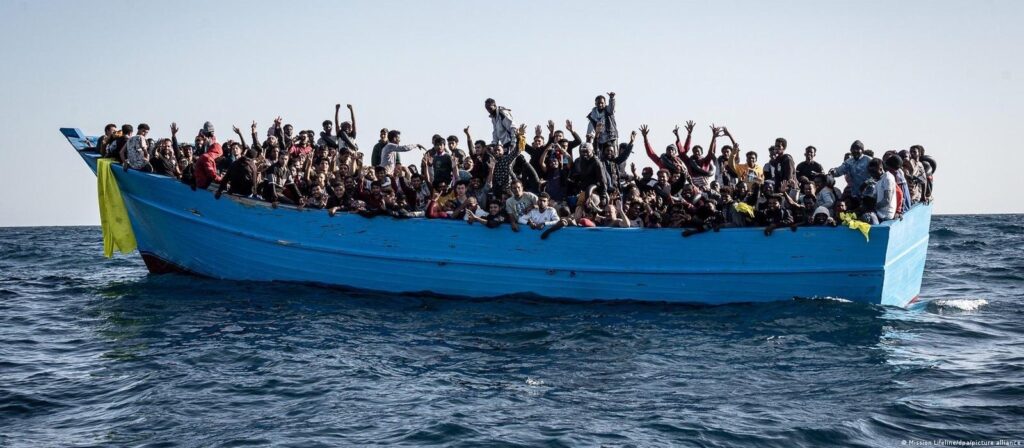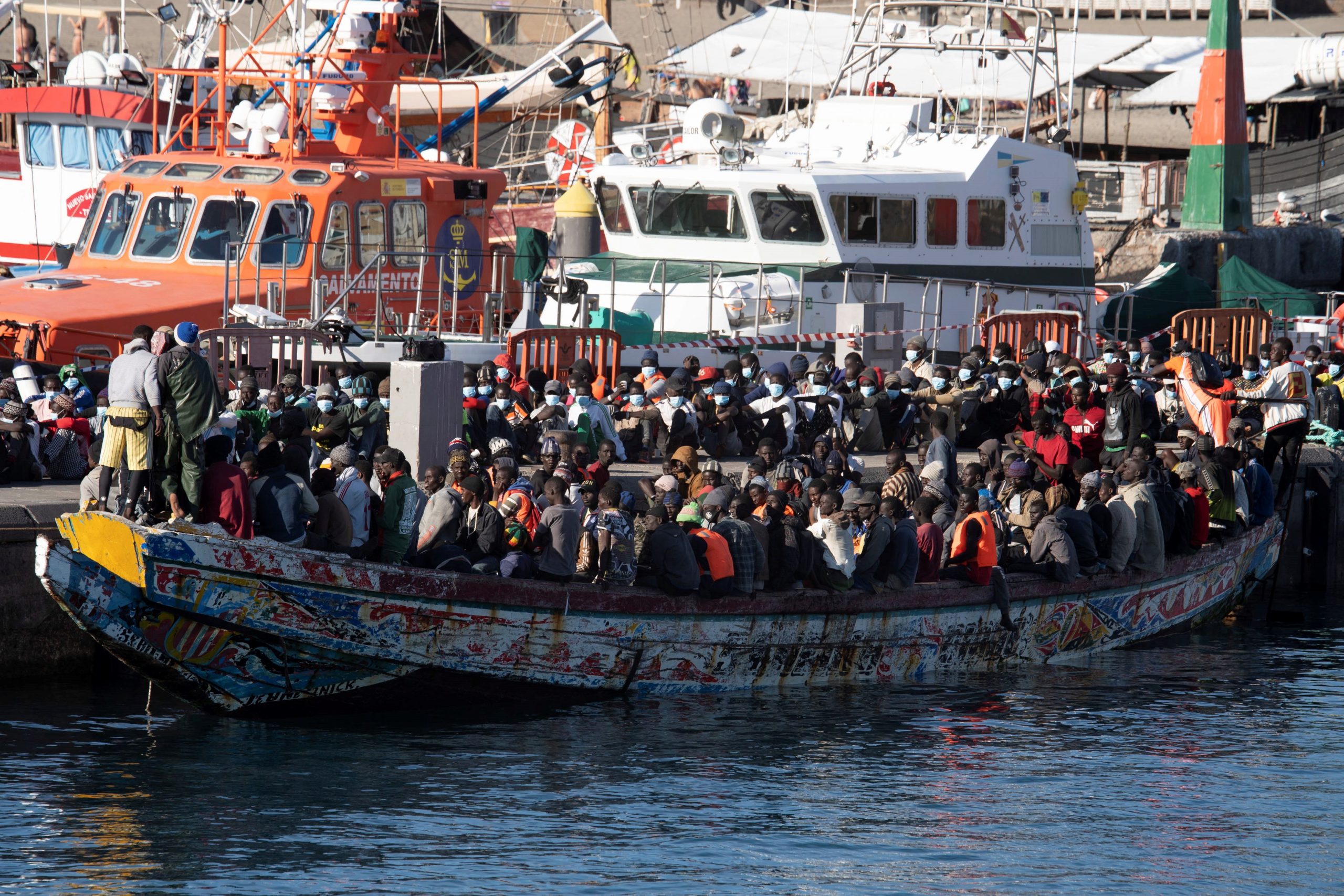African Migrants and Europe’s Response to the Canary Islands’ Migration Conundrum

Canary Islands, which are part of Spain, have become a significant destination for African migrants who are attempting to reach the shores of Europe in recent years. These migrants, who are driven to migrate by a complex mix of economic, environmental, and sociopolitical factors, are frequently willing to endure perilous sea journeys in the hopes of finding a better future for themselves and their families. Many people find it difficult to resist the allure of Europe because of the significant economic disparities that exist between certain parts of Africa and Europe, as well as the frequent conflicts, political unrest, and significant environmental challenges, such as desertification. In addition to this, the possibility of reuniting with members of one’s family who have already settled in Europe serves as yet another powerful pull factor.

More than 1,200 African migrants arrived in Spain’s Canary Islands over the weekend, with one vessel breaking the record for the most people brought by a single boat with 321 passengers. In total, 1,235 migrants had arrived on the Spanish islands located off the coast of western Africa, contributing to the recent surge in the number of migrants who arrived. According to the sources, it displayed images of a multicoloured vessel that was packed to capacity with passengers who were smiling and waving as it approached the port. The most recent statistics available from the Spanish Ministry of the Interior show that 23,537 migrants arrived in the Canaries between January 1 and October 15.
In response to this influx, the European Union (EU) has developed an approach that incorporates multiple facets. The framework for the protection of asylum seekers and refugees is a demonstration of the European Union’s dedication to upholding international protection standards. For example, the Dublin Rule outlines who is responsible for processing asylum claims. This rule generally stipulates that it is the first EU nation a migrant sets foot in, which is typically Spain for those who arrive via the Canary Islands. On the other hand, this is counterbalanced by the increasingly stringent border control measures implemented by the EU. Increased resources are being allocated to border security agencies such as Frontex as a result of increased investments in border wall construction. The ‘externalisation’ strategy, in which the EU works with countries that are not members of the EU to manage migration flows prior to their arrival on European territory, has also been prominent.
However, because of their limited infrastructure, the Canary Islands face enormous logistical challenges when it comes to accommodating and processing the migrants who arrive there. And at the very centre of the EU, political divisions continue to exist. As a result of an increase in support for right-wing ideologies, some member states are advocating for a unified and compassionate approach to migration, while others are leaning towards a more restrictive stance. This internal contention is further complicated by pressing humanitarian concerns, which have been brought to light by reports of migrants tragically losing their lives while travelling by sea or facing harsh conditions in holding facilities.